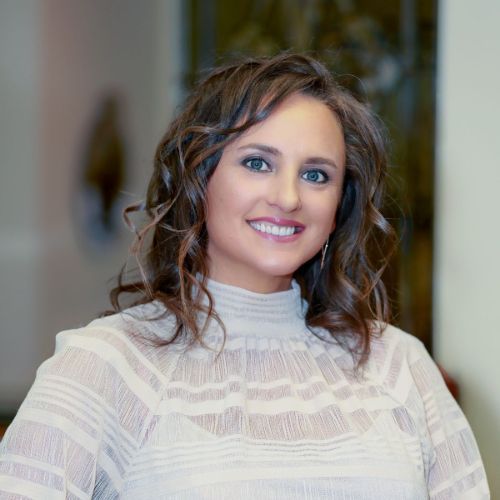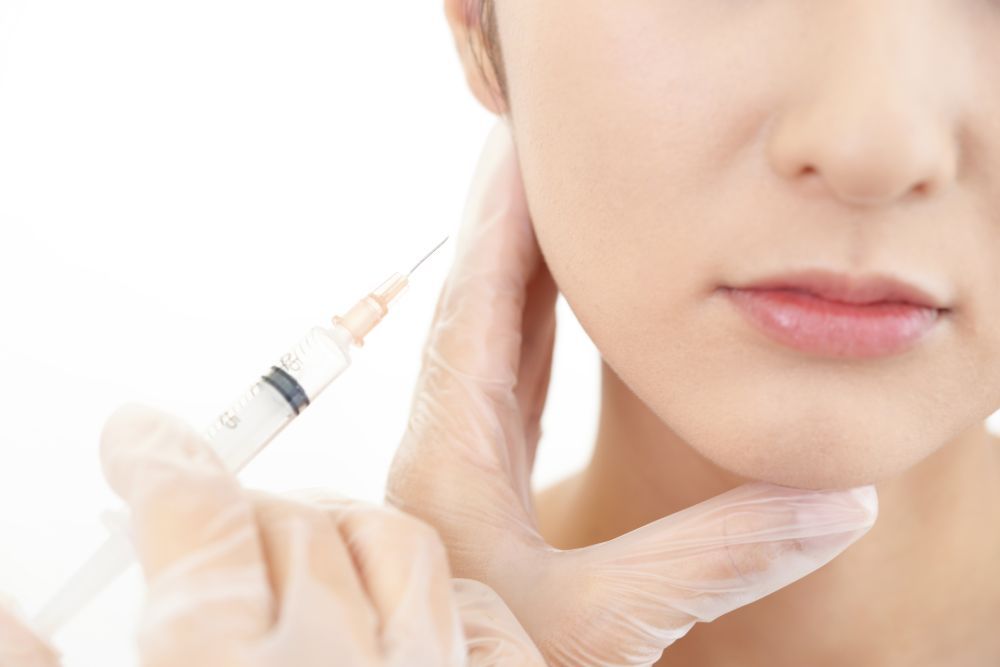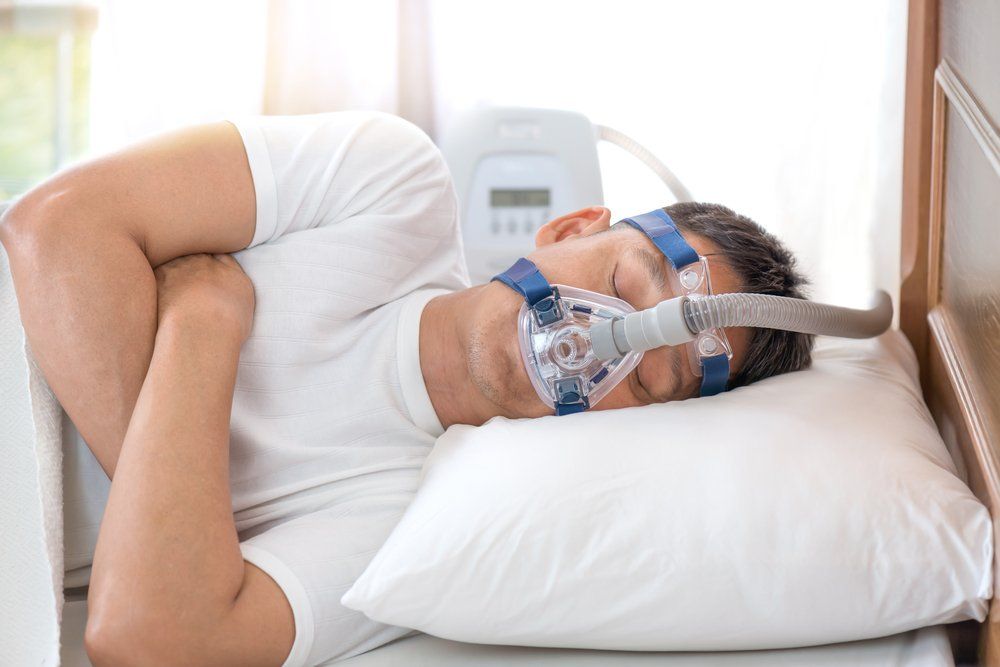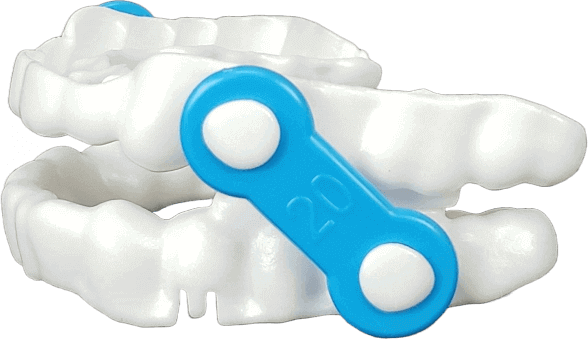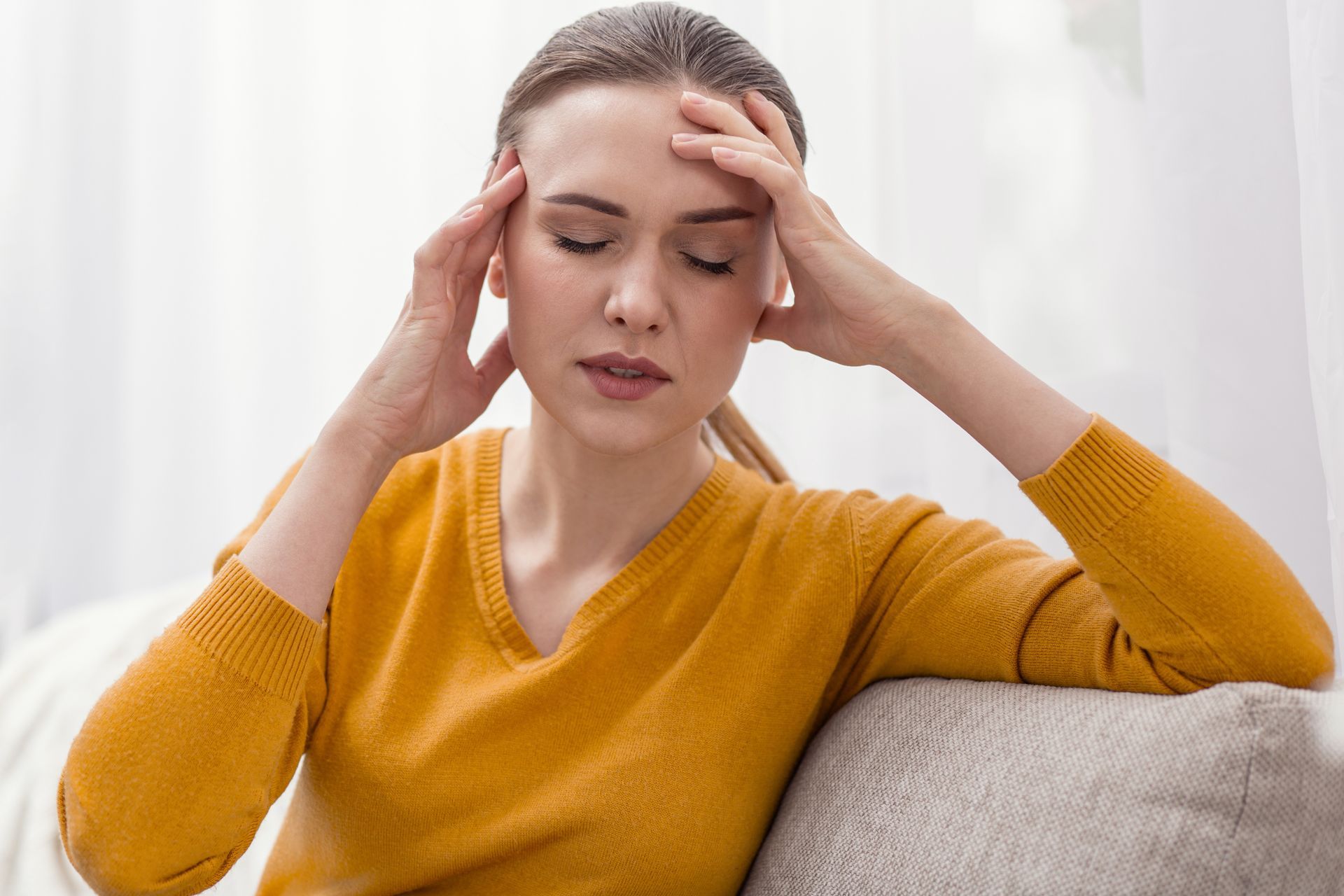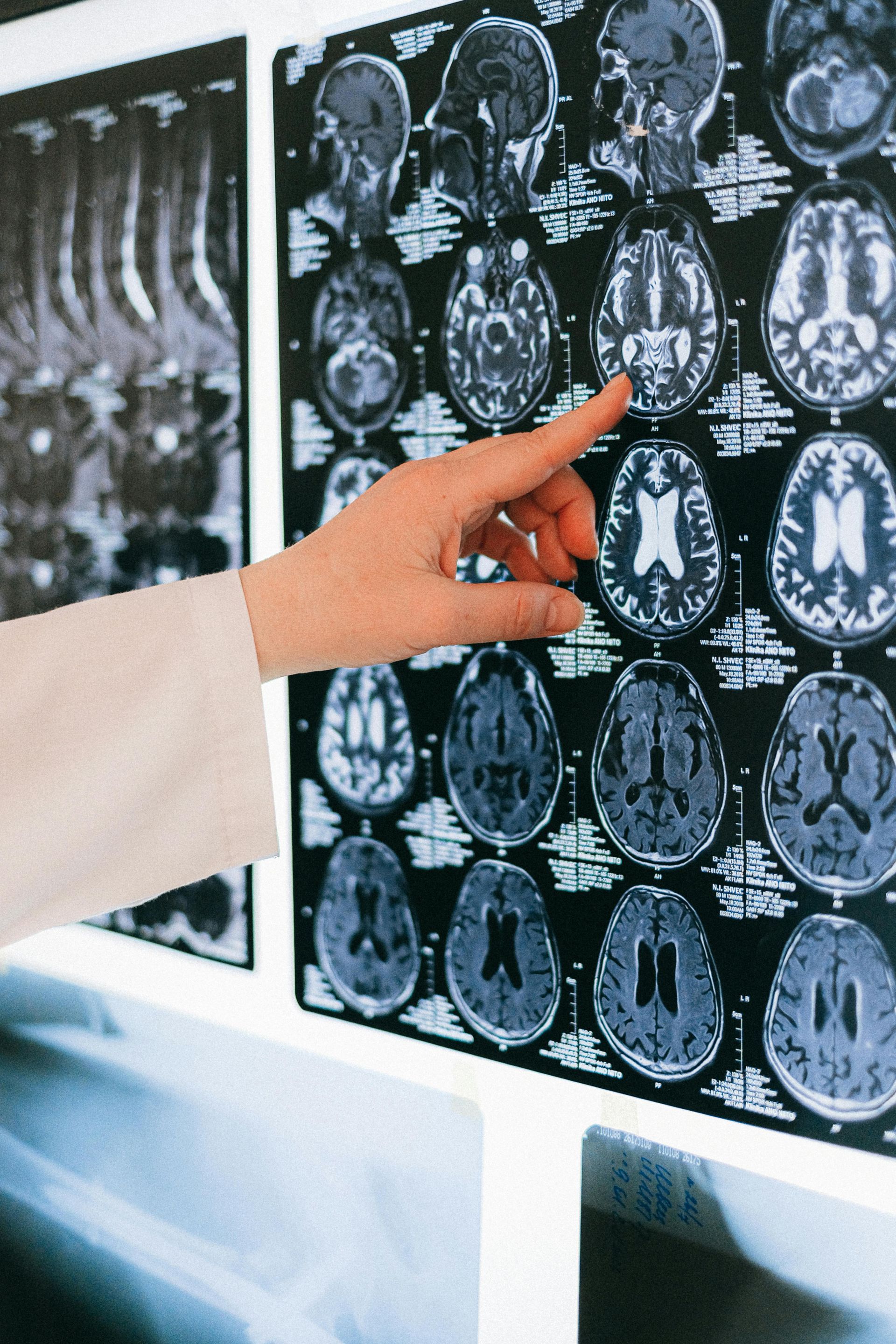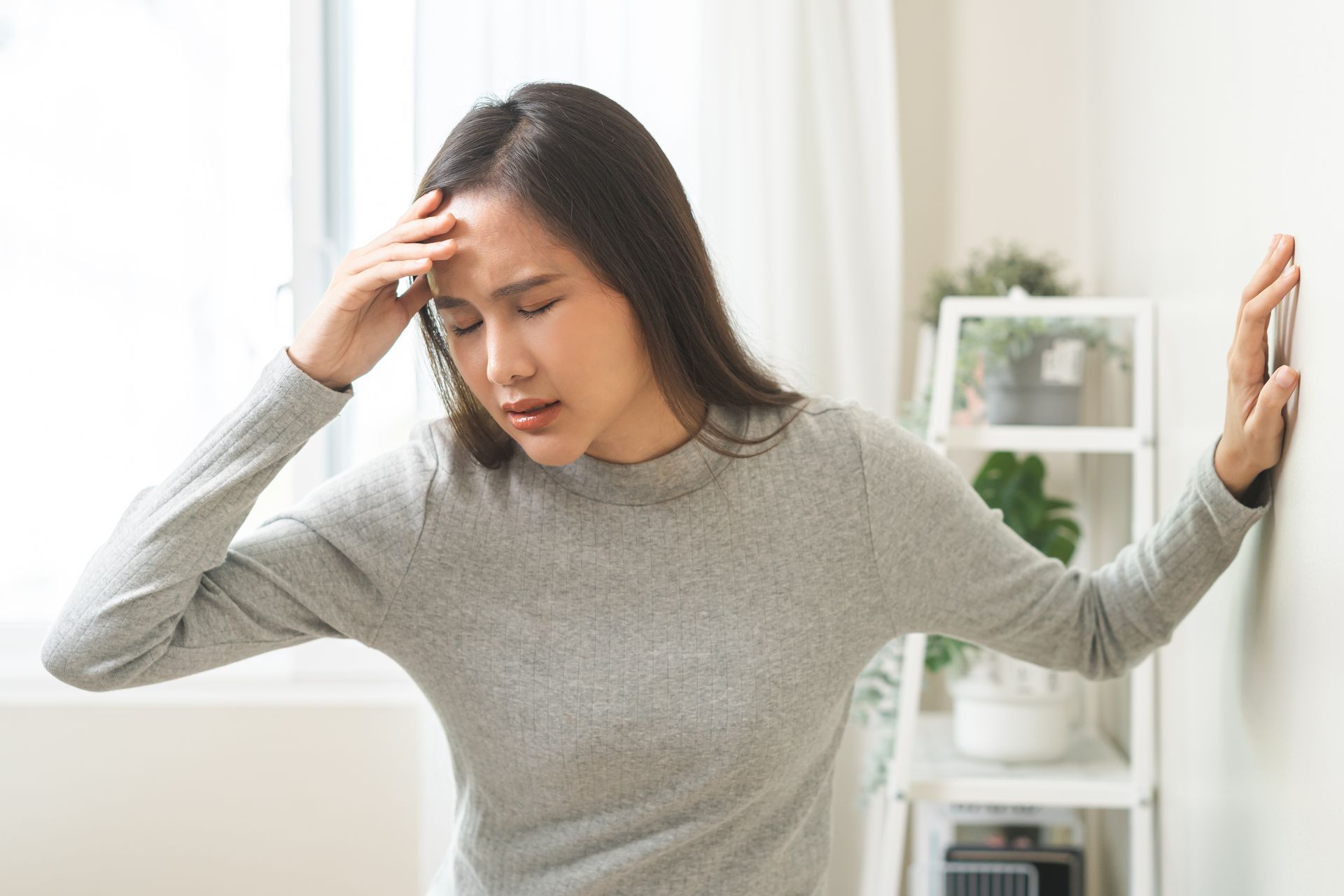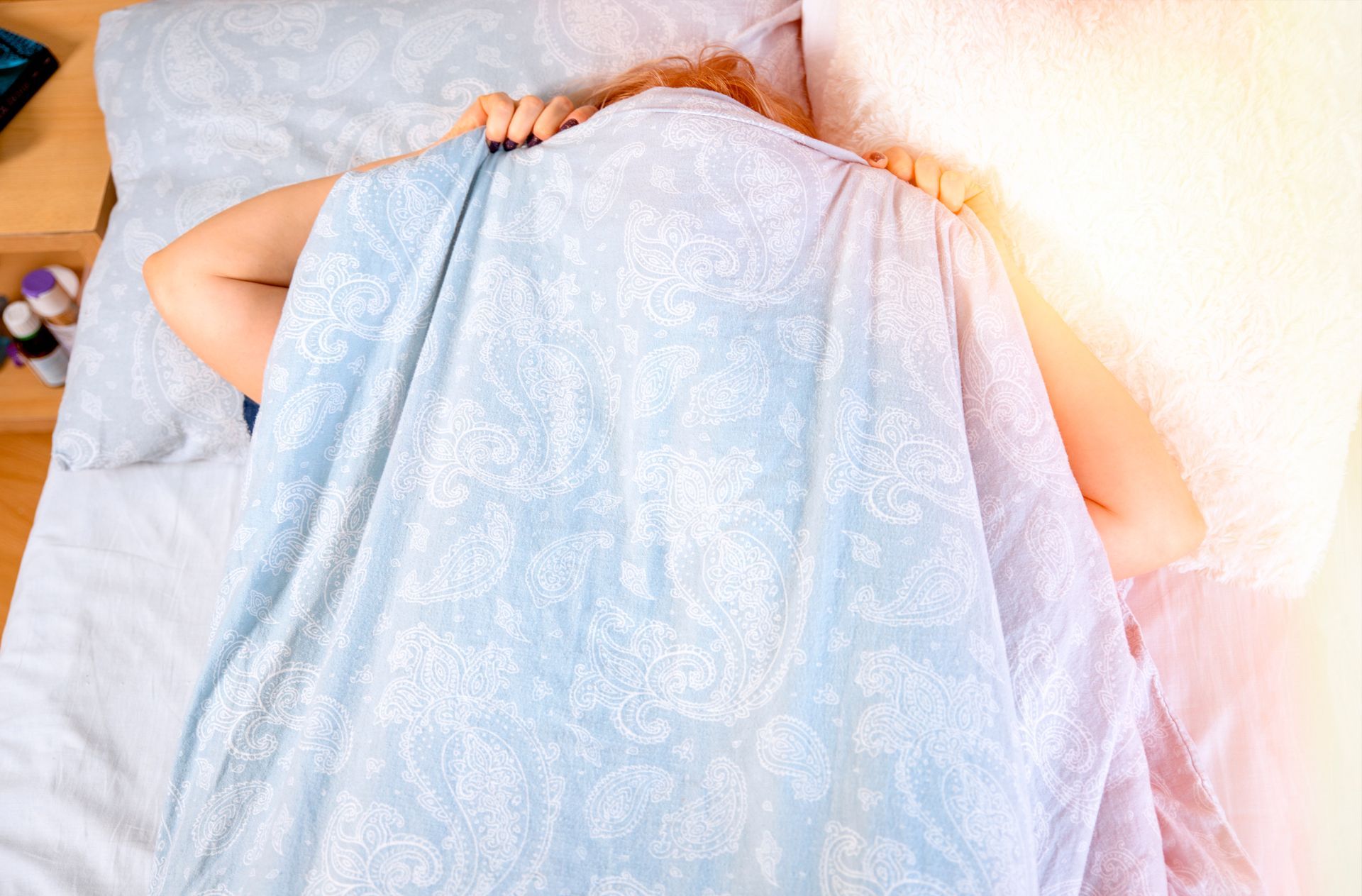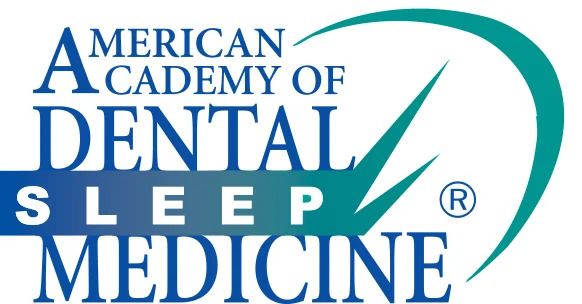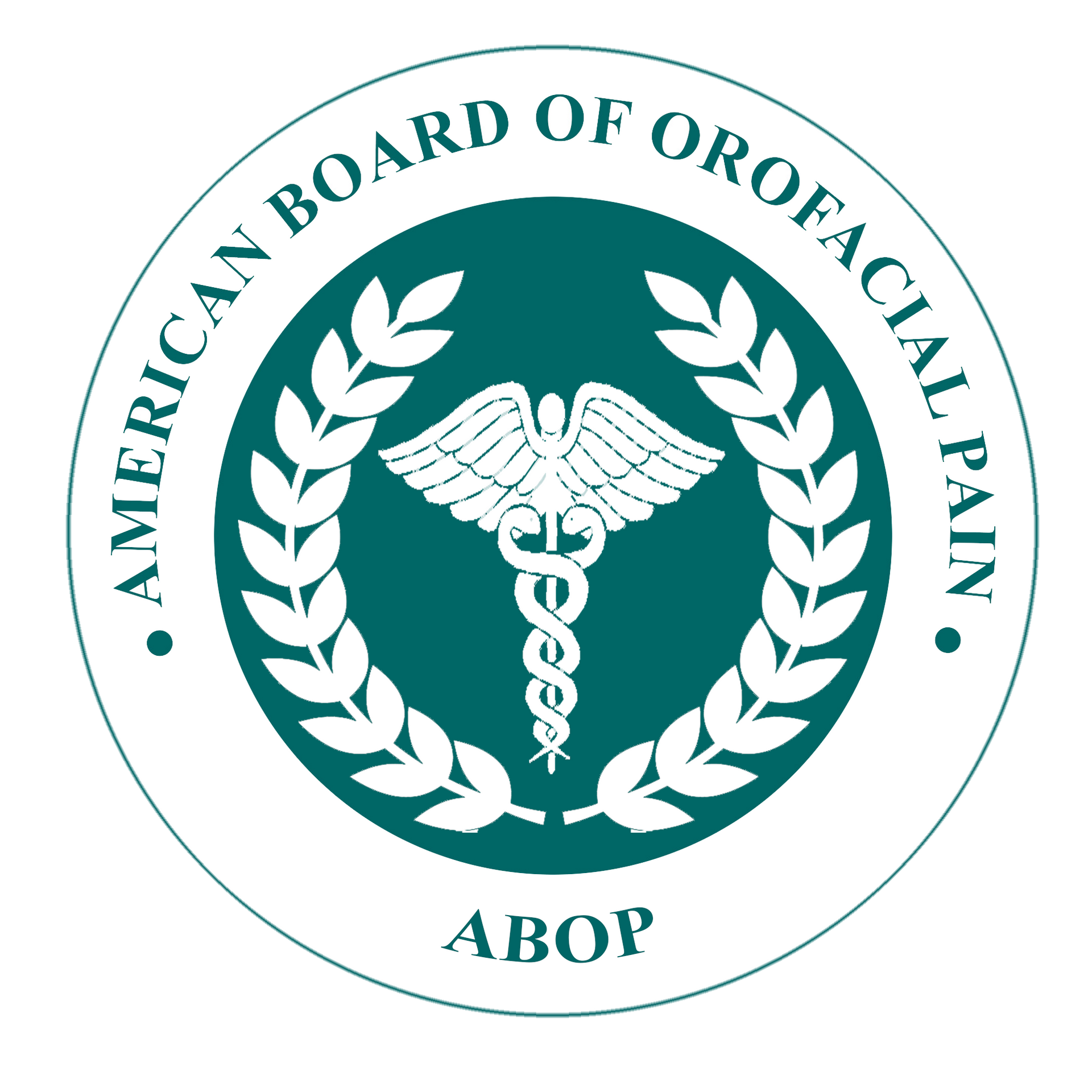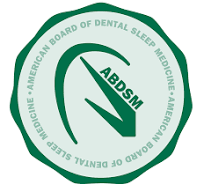A Comprehensive Guide to Sleep Apnea Treatments
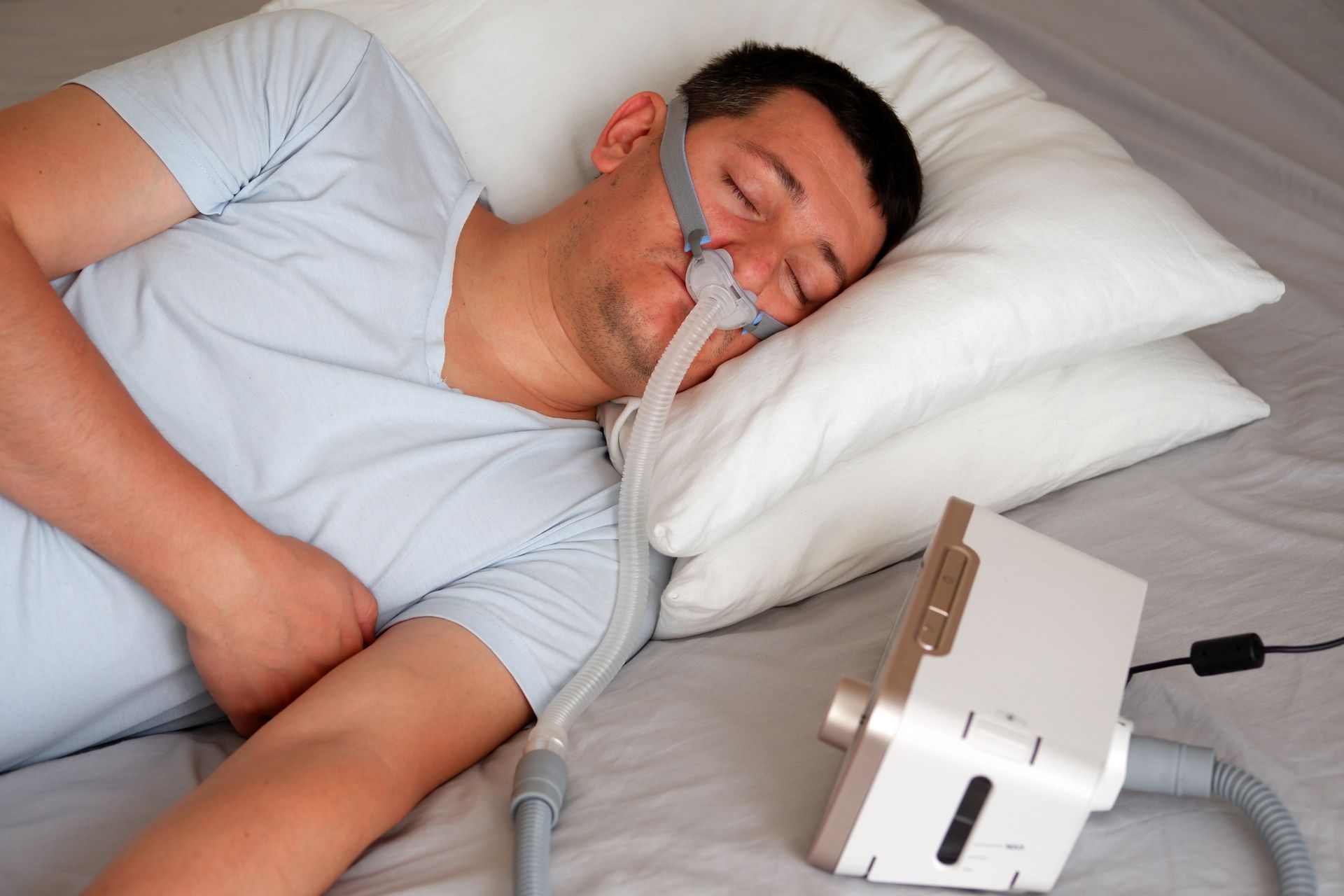
Sleep apnea, a chronic sleep disorder that interrupts or even stops breathing intermittently throughout the night, affects millions of people. Sleep apnea is characterized by pauses in breathing called hypopneas that occur five or more times an hour for at least 10 seconds each time throughout the night. During these hypopneas, blood oxygen levels fall and the brain does not receive enough oxygen causing the body to release the “fight or flight” hormone epinephrine, raising heart rate and blood pressure in an attempt to stabilize. For people with sleep apnea, this process will happen over and over all night long; instead of sleeping for 6-8 hours, the body is struggling to breathe.
In the short term, inadequate rest from sleep apnea can lead to irritability, excessive daytime sleepiness, fatigue, and reduced cognitive function. Over time, however, untreated sleep apnea and the nightly battle to breathe exerts strain and pressure on your heart, causing more serious problems than a poor night's sleep. As the heart becomes less efficient at pumping blood and becomes weakened by the constant pressure changes in your chest, sleep apnea will start to affect your life quality and expectancy.
For example, patients with untreated sleep apnea are twice as likely to have a heart attack and roughly four times more likely to have abnormal heart rhythms like atrial fibrillation. Other comorbidities that may develop include type 2 diabetes, hypertension, obesity, liver disease, insomnia, impaired concentration, depression, and sexual dysfunction.
As a diplomate in dental sleep medicine, Dr. Katherine S. Phillips of Restore TMJ & Sleep Therapy has more than a decade of experience treating patients with sleep apnea and other sleep disorders. She served as the past president of the American Board of Dental Sleep and has dedicated much of her practice to the diagnosis and treatment of sleep disorders.
For Dr. Phillips, treating sleep apnea is about much more than simply treating the symptoms. By taking the time to understand what’s causing the condition and develop personalized treatment plans, she has been able to provide hundreds of patients with the best outcomes possible.
Understanding Sleep Apnea
There are three general types of sleep apnea, primarily identified by the cause of the disorder: obstructive sleep apnea (OSA), central sleep apnea (CSA), and mixed sleep apnea (MA).
Obstructive sleep apnea (OSA)
Obstructive sleep apnea is the most common type of sleep apnea and is caused by an obstruction or blockage of the breathing airway. For most people, this is the result of the relaxation of the tongue and throat muscles during sleep, allowing them to collapse and close the airway.
Snoring or gasping for air while sleeping are typical symptoms of OSA, and while obesity remains one of the primary risk factors for developing OSA, it can also be attributed to age; fluid retention; congenital irregularities with the structure of the jaw, throat, and nasal passages; or excess tissue in the upper airway, such as large adenoids and tonsils or an oversized tongue or uvula.
Central sleep apnea (CSA)
Central sleep apnea is a less common form of the disorder that is caused by poor–or a complete lack of—communication between the brain and the muscles that control breathing. Although it presents similar symptoms to OSA, CSA is neurological in nature as opposed to the physical impairment of OSA and is usually the result of underlying illnesses or conditions affecting the brain stem.
There are several different types of CSA, caused by different factors, such as:
- Cheyne-Stokes, which is characterized by shallow cycles of breathing patterns and exaggerated deep breathing. It can develop as a result of conditions like heart failure or stroke.
- High-altitude CSA, triggered by dramatic or sudden increases in altitude.
- Drug-induced CSA, resulting from the use of medications like opioids that can affect breathing regularity.
Mixed sleep apnea (MA)
Sometimes inaccurately referred to as Complex Sleep Apnea (CA), mixed sleep apnea is diagnosed when a combination of OSA and CSA events is identified during an attended overnight sleep study. CA, however, is a distinct condition separate from either OSA or CSA and is often diagnosed following successful CPAP treatment of OSA, when CA symptoms either begin or continue.
Overview of Sleep Apnea Treatments
While sleep apnea cannot be cured, it can be successfully treated, with methods and modalities designed to improve breathing, reduce the frequency and intensity of symptoms, and correct the underlying condition(s) causing it.
Most sleep apnea treatments fall under one of four categories:
- Breathing machines and devices, such as positive airway pressure (PAP) machines
- Oral appliances
- Lifestyle changes
- Surgery and implantable devices
Other sleep apnea treatments like positional therapy or medication can be effective for some people, but they are generally less common and more likely to be used in conjunction with other methods.
Regardless of the specific type, all sleep apnea treatments are intended to help open your airway and keep it open so you can breathe normally and efficiently while sleeping. The type or types of treatment recommended to you will depend on the type and severity of apnea you have, and your treatment plan will likely consist of a combination of approaches. Sometimes, as in the case of patients with CSA, treating the sleep disorder requires addressing the underlying medical problems that are contributing to the apnea in the first place.
Types of Sleep Apnea Treatments
Positive airway pressure (PAP) therapy, such as a CPAP, BiPAP, ASV, or VPAP
How sleep apnea treatment works.
Positive airway pressure devices are the gold standard in sleep apnea treatment. Users wear a mask at night over their nose and mouth, through which air pressure is delivered to help keep the airway from collapsing while sleeping.
Types of sleep apnea treatment devices.
CPAPs, or continuous positive airway pressure devices, are the most commonly used, but the steady pressure provides less air while breathing out and can make it difficult for some people to exhale.
A BiPAP, or bi-level positive airway pressure device, can be more efficient, providing two pressure levels and improving comfort with a pressure drop during exhalation. A variable positive airway pressure device (VPAP) works similarly.
Adapto servo ventilation machines, or ASVs are best for CSA, adapting and adjusting the airflow pressure based on breathing patterns and providing better anticipation and response to central apneic events.
CPAPs, BiPAPs, and ASVs are best for:
Positive airway pressure devices are best for moderate to severe OSA.
Pros and cons. In about 70% of people, regular, consistent use of a positive airway pressure device can result in improved blood sugar control and blood pressure and reduce both daytime sleepiness and the risk of type 2 diabetes. However, many others find the devices too cumbersome or uncomfortable to wear, making this treatment essentially ineffective. (Positive airway pressure devices must be worn nightly for optimal results.)
Oral Appliance Therapy
How oral appliance therapy works:
Oral appliances, also called mandibular advancement devices (MADs), look like mouthguards and are worn at night. Custom-made out of acrylic, resin, or hard plastic, MADs work by holding the tongue and jaw in a forward position while sleeping to keep them from collapsing and blocking the airway.
Types of oral appliances for sleep apnea:
There are a variety of types of oral appliances, but most fall under one of two main categories: tongue-retaining devices or mandibular repositioning devices. A dentist or TMJ specialist can help determine which one is right for you.
Mandibular advancement devices (MAD), mandibular advancement splints (MAS), and Mandibular repositioning appliances (MRA) all work in about the same way, fitting over the upper and lower teeth to hold the lower jaw slightly forward during sleep and keeping the airway open. They may also have a built-in adjustment mechanism to allow gradual jaw advancement for better efficacy.
Tongue retaining devices (TRD) hold the tongue in place with suction and are often recommended for patients with dentures, too few teeth to hold a mandibular-repositioning device, or whose jaws cannot be adequately repositioned.
Best for. Oral appliances are ideal for mild to moderate OSA and are often prescribed as an alternative for patients who can’t tolerate a CPAP machine or who refuse a CPAP as their first-line treatment option.
Pros and cons. Oral appliances may be slightly less effective than CPAP machines at treating OSA, but because they are easier, more comfortable, and more convenient to wear, there is better adherence to treatment with fewer side effects.
Dr. Phillips is one of the country’s leading providers of OSA appliance therapy and has delivered thousands of FDA-approved oral appliances in her more than ten years of practice. Dr. Phillips is routinely sought after for her insight and experience, and works directly with her patients to determine if and what type of oral appliance therapy is right for them. Using advanced 3D technology and scanning, Dr. Phillips can capture the most accurate visuals of your upper airway as possible to determine if and how oral appliance therapy can help.
Lifestyle Changes
How they work. Myriad lifestyle habits and physiological characteristics have been tied to the development or exacerbation of sleep apnea and other sleep disorders, such as smoking, weight gain, and medication. Small, incremental changes, however, such as increasing physical activity, eating a healthy diet, and stopping smoking can do everything from boosting your oxygen levels to improving your sleep quality and reducing your symptoms.
Types of lifestyle changes that can improve sleep apnea:
- Losing weight. There has been a direct link made between sleep apnea and obesity because excess weight can promote soft tissue development in the throat that, when relaxed while sleeping, can obstruct your airway.
- Limiting, monitoring, or avoiding the use of sedative medications like sleeping pills or anti-anxiety medicines, as well as alcohol, all of which can cause the throat muscles to relax while sleeping and allow the soft tissues to collapse into your airway.
- Positional therapy. Positional therapy is best for people with positional OSA, a specific type of OSA that only occurs when you sleep flat on your back. The goal of positional therapy is to try to train your body to sleep in a different position, such as on your side, with your head elevated, or on your stomach, any kind of position that prevents the tongue and soft tissues from falling back in the throat. You may wear something around your waist or your back, such as a vibrating device or a tennis ball inside a sock, that triggers your body to change positions whenever you move onto your back. Positional therapy is not a first option for people with CSA or severe OSA, but it may be included as part of a broader treatment plan.
Best for. Lifestyle changes can benefit anyone, regardless of whether or not they suffer from a sleep disorder. They tend to be most effective and noticeable in patients with mild cases of OSA, but they can also dramatically improve the frequency and intensity of symptoms in patients with more severe cases. Moreover, lifestyle changes can be used as a preventative measure to help prevent the development of a sleep disorder or apnea in the first place.
Pros and cons. Many lifestyle changes are free or low-cost and can be combined with medical treatment for maximum benefit. Even small changes can make a big impact in reducing apnea episodes, improving sleep, and managing triggers, especially for people experiencing CSA. For some, lifestyle changes may not be enough on their own and will need to be part of a more extensive approach to treatment, but for many others, such as those with mild cases, even moderate weight loss can produce noticeable results.
Surgery and Implantable Devices for Sleep Apnea Treatment
How they work. Surgeries for OSA consist primarily of surgically reducing or removing physical blockages in the airway. This could be through removing extra tissue or by adjusting the actual structure of the mouth, jaw, and throat. Implantable devices provide additional stimulation to the tongue during sleep to help keep it forward and the airway open.
Types of surgery and devices. Surgery is typically a last resort, recommended when everything else has failed and/or after at least a three-month trial period of other options, usually for patients with jaw structure problems that can’t be corrected or addressed with traditional treatment. Procedures like a uvulopalatopharyngoplasty remove excess tissue from the sides of the throat to widen the airway, while maxillomandibular advancement procedures surgically move the upper and lower jaws forward to enlarge the airway. Still other procedures insert implants into the soft palate to stiffen the tissue and prevent it from collapsing.
Upper airway/hypoglossal nerve stimulation is a surgical procedure in which an electrical sensor is implanted below the skin, just below the collar bone and another sensor is implanted around the hypoglossal nerve of the tongue. A separate remote turns the device on at bedtime, activating the sensors that will stimulate your hypoglossal nerve while you sleep. If your breathing becomes labored, the breathing sensor will detect the extra effort and send a signal to the hypoglossal nerve, stimulating it to gently move your tongue forward so your airway stays open all night and you can breathe normally.
Inspire is a type of FDA-approved hypoglossal nerve stimulation.
Best for. Upper airway/hypoglossal nerve stimulation is best for treating moderate to severe OSA and for people with a healthy BMI who have had little or no success with other more conventional treatment methods like CPAPs.
Pros and cons. Upper airway/hypoglossal nerve stimulation is very convenient, with no extra equipment to clean, wear, and hook up, and it can be easier to tolerate than a CPAP mask. However, this therapy cannot be used If there are other comorbidities or pronounced anatomic abnormalities in the upper airway. If you have CSA or mild OSA, have had success with CPAP treatment, or are overweight, you may not be a candidate.
Medications for Sleep Apnea Treatment
There are currently no FDA-approved medications for the treatment of sleep apnea, and many of the medications prescribed to patients for it are intended to treat the symptoms (such as daytime sleepiness and fatigue) rather than the root cause.
For this reason, medications are generally not recommended as the primary course of treatment for sleep apnea. Although some medications may help stimulate breathing for patients with CSA, many medications may actually exacerbate both the condition and the symptoms of both CSA and OSA and better improvements may be seen by reducing medications altogether.
If you or a loved one is suffering from symptoms of OSA or CSA—or any other type of sleep disorder—be sure to discuss your symptoms with your doctor, as well as your medical history and any medications you may be taking, in an open and honest conversation. The connection between sleep apnea and medications is highly specific to each patient and their unique health situation. For example, treating heart failure or nasal congestion may help improve the condition, but medications like opioids may be causing it.
Treat Your Sleep Apnea with Restore TMJ & Sleep Therapy
For many patients, treating sleep apnea successfully takes time and a combination of modalities, as well as routine checkups and exams from a dental sleep expert to make sure symptoms have not returned. For many more, sleep apnea may be part of a larger problem like disorders of the TMJ or underlying health conditions that also need to be identified and treated.
Specialists like Dr. Katherine S. Phillips—who are double-board certified in both dental sleep medicine and orofacial pain—can address and treat a variety of TMJ and sleep problems or disorders simultaneously for more complete and comprehensive care. They have access to multiple treatment options, from oral appliances and breathing devices to therapy and stress management, and they often work closely with other medical experts like dentists and sleep physicians to help you achieve the best results possible.
Don’t spend another night struggling to breathe. Contact Restore TMJ & Sleep Therapy today to find out what treatment options may be right for you and start breathing—and sleeping—better.
-2700x842-1920w.png)




